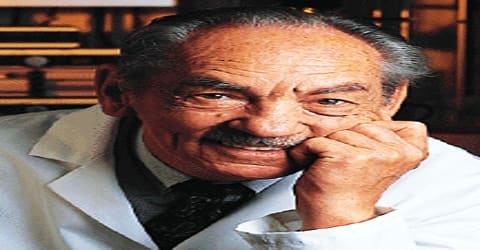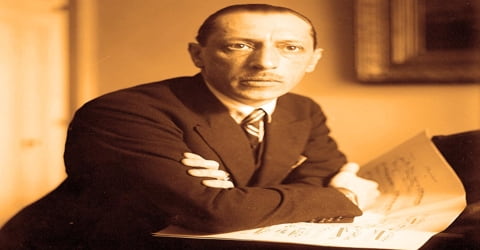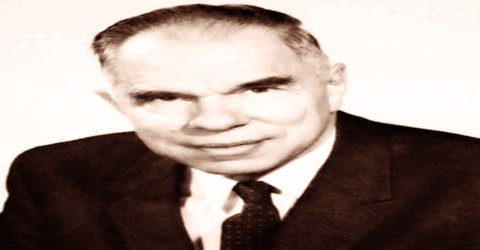Biography of George H. Hitchings
George H. Hitchings – American doctor.
Name: George Herbert Hitchings
Date of Birth: April 18, 1905
Place of Birth: Hoquiam, Washington, United States
Date of Death: February 27, 1998 (aged 92)
Place of Death: Chapel Hill, New York City, United States
Occupation: Doctor
Father: George Herbert Hitchings Sr.
Mother: Lillian Matthews
Spouse/Ex: Beverly Reimer (m. 1933), Joyce Shaver
Children: 2
Early Life

A Nobel Prize-winning American pharmacologist, George H. Hitchings was born on 18th April 1905, in Hoquiam, Washington, the U.S. to George Sr. and Lillian Hitchings. He shared the 1988 Nobel Prize in Physiology or Medicine with Sir James Black and Gertrude Elion “for their discoveries of important principles for drug treatment”, Hitchings specifically for his work on chemotherapy.
Hitchings’s works paved the way for the development of life-saving drugs to treat diseases like leukemia, gout, and disorders of the human immunity system. Born into a loving family in Washington, he enjoyed a happy childhood for a few years before his father was stricken with an incurable illness. After a prolonged battle for his life, he died when George was just 12 years old. The illness and untimely death of his father had a profound impact on the young boy and he decided to become a doctor on growing up. Intelligent and determined, he made his way into the University of Washington as a premedical student in 1923. He found the intellectual atmosphere of the university very stimulating and graduated with a degree in chemistry. After completing his master’s degree, he proceeded to Harvard University and earned his doctorate. Years later while working for Wellcome Research Laboratories he collaborated with Gertrude Elion and the duo began their work on drug therapies for malaria, leukemia, gout, organ transplantation and bacterial infections.
Childhood, Family and Educational Life
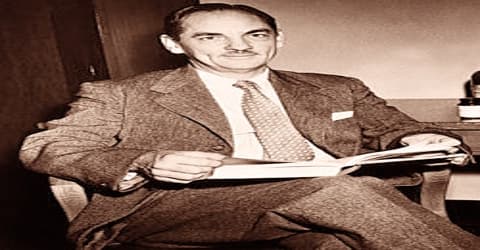
George H. Hitchings, in full George Herbert Hitchings, was born on 18th April 1905, in Hoquiam, Washington, U.S. to George Herbert Hitchings, Sr., a marine architect and shipbuilder, and his wife Lillian Matthews. Both his parents loved to read, a trait that he too inherited. He enjoyed a happy childhood until his father became ill and died after a prolonged illness when George was just 12. This tragic childhood experience kindled in George an interest in medical research.
Hitchings demonstrated an early interest in science through his selection of courses at Franklin High School in Seattle. When he graduated, his salutatorian address focused on the life and work of Louis Pasteur, whom he greatly admired for his commitment to basic research that led to practical developments.
Hitchings graduated from Seattle’s Franklin High School, where he was salutatorian, in 1923, and from there went to the University of Washington, from which he graduated with a degree in chemistry cum laude in 1927, after having been elected to Phi Beta Kappa as a junior the year before. Hitchings earned his master’s degree in 1928 with a thesis based on the work he did at the Puget Sound Biological Station. He was then offered fellowships for further graduate work at the Mayo Foundation and at Harvard; he chose the latter.
Hitchings spent one year as a Teaching Fellow in the Department of Chemistry at Cambridge following which he was accepted as a Teaching Fellow in the Department of Biological Chemistry at Harvard Medical School. He earned his Ph.D. in 1933. This was followed by the offer of a fellowship to do more graduate work with the Mayo Foundation. Harvard also offered a fellowship, and it was the Harvard one that Hitchings accepted.
Personal Life
George Herbert Hitchings married Beverly Reimer, an artistic and intelligent young woman, in 1933. The couple had two children. His wife died in 1985 after more than 50 years of marriage. His second marriage was to Joyce Shaver.
Hitchings established the Greater Triangle Community Foundation in 1983 and served as its director for the rest of his life.
Career and Works
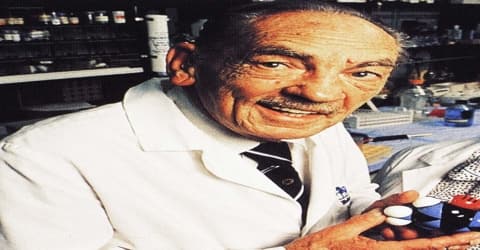
However, George H. Hitchings joined the Wellcome Research Laboratories then located in Tuckahoe, New York as a biochemist, in 1942. This research facility was operated by the British pharmaceutical firm Burroughs Wellcome and Company, which is now part of GlaxoSmithKline. Two years later Hitchings hired Gertrude Elion as a laboratory assistant, thereby beginning a lifelong collaboration on drug development.
In the mid-1940s Hitchings’ team began an important project on antiviral work in collaboration with Randall L. Thompson at Western Reserve. The scientists focused on vaccinia virus which shed light on the process of effective curative chemotherapy of viral infections. Drugs Hitchings’ team worked on included 2,6-diaminopurine (a compound to treat leukemia) and p-chlorophenoxy-2,4-diaminopyrimidine (a folic acid antagonist). By the late 1940s, they began an association with the Sloan Kettering Institute, which provided funding for them to research antitumor agents.
Hitchings assigned Elion to investigate the purines, including adenine and guanine, two of DNA’s building blocks, and their role in nucleic acid metabolism in cells. They soon discovered that bacterial cells required certain purines in order to make DNA. They reasoned that if they could prevent these purines from being incorporated along the metabolic pathway that leads to DNA synthesis, then they could stop the production of DNA and thereby stop cell growth. They set to work on compounds that did just this by locking up the metabolic enzymes necessary for purine incorporation.
In the 1950s Hitchings and Elion developed thioguanine and 6-mercaptopurine (6MP), which became important treatments for leukemia. In 1957 their alteration of 6MP produced the compound azathioprine, which proved useful in treating severe rheumatoid arthritis and other autoimmune disorders and in suppressing the body’s rejection of transplanted organs. Their new drug allopurinol was an effective treatment for gout. Other important drugs that were developed by Hitchings and Elion include pyrimethamine, an antimalarial agent; trimethoprim, a treatment for urinary tract and other bacterial infections; and acyclovir, the first effective treatment for viral herpes.
In the 1960s Hitchings and Elion determined that infectious diseases could be fought if drugs could be targeted to attack bacterial and viral DNA. This work resulted in pyramethamine, which was used to treat malaria, and trimethoprim (Septra), which was used to treat meningitis, septicemia, and bacterial infections of the urinary and respiratory tracts.
In 1967 George H. Hitchings became Vice President in Charge of Research of Burroughs-Wellcome. He became Scientist Emeritus in 1976. He also served as Adjunct Professor of Pharmacology and of Experimental Medicine from 1970 to 1985 at Duke University. Hitchings died in 1998 in Chapel Hill, North Carolina. Hitchings founded the Triangle Community Foundation in 1983 and served as its director for the rest of his life. Hitchings is a member of the Medicinal Chemistry Hall of Fame.
Awards and Honor
George H. Hitchings was awarded the Passano award by the Passano Foundation in 1969, and the de Villiers award in 1970. He was elected a Foreign Member of the Royal Society in 1974.
In 1988, George H. Hitchings, Sir James W. Black, and Gertrude B. Elion were awarded the Nobel Prize in Physiology or Medicine “for their discoveries of important principles for drug treatment.”
Death and Legacy
George Herbert Hitchings suffered from Alzheimer’s disease during his later years and died on February 27, 1998, at the age 92, in Chapel Hill, New York City, U.S.
George H. Hitchings was a pioneer in the field of chemotherapy. Working with his team, he focused on vaccinia virus and produced some active compounds that paved the way to the development of effective curative chemotherapy which would hinder the fast multiplication of cancer cells in the body.
Information Source:
